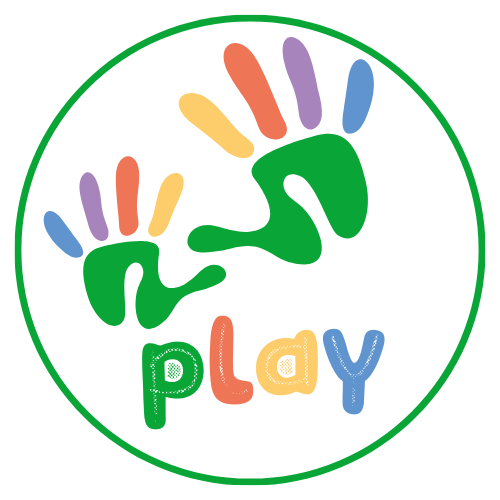Some facts about the Finnish education system. Here’s a concise summary of the key features that make it unique:
1. **Late Start to Formal Education:** Finnish students begin elementary education at the age of 7, which is relatively late compared to many other countries. This approach recognizes the importance of allowing children to have a longer period of unstructured play and family time before entering a formal school setting. It promotes a more relaxed and child-centered approach to early learning.
2. **Teacher-Formulated Grading:** Grading in Finland is based on teacher evaluations rather than relying heavily on standardized tests or exams. Teachers assess students’ progress through continuous observation, feedback, and evaluation of their coursework. This approach reduces the pressure associated with exam-focused education.
3. **Minimal Mandatory Testing:** Finnish students are subject to minimal mandatory testing. The only mandatory test is taken at the age of 16. This approach reduces the stress associated with standardized testing and allows students to focus on a more holistic understanding of subjects.
4. **Teacher Professional Development:** Finnish teachers devote approximately 2 hours per week to professional development. This commitment to ongoing learning ensures that educators stay up-to-date with the latest teaching methods and pedagogical innovations, contributing to the high quality of education.
5. **State-Funded Education:** Finland’s education system is entirely funded by the state, ensuring that all students have access to a high-quality education regardless of their socioeconomic background. This commitment to equity is a fundamental principle of the Finnish education system.
6. **High Teacher Qualifications:** All teachers in Finland are required to hold master’s degrees, and the government fully subsidizes their education. This policy ensures that educators are highly qualified and knowledgeable in their subject areas, contributing to the overall quality of instruction.
7. **Teacher Status and Salary:** Despite starting with a modest salary (around $29,000), teachers in Finland enjoy a high social status. They are held in high regard, similar to doctors and lawyers, which encourages top talent to pursue teaching careers.
8. **High Literacy Rate:** Finland boasts a literacy rate of 99.0%. This remarkable achievement reflects the effectiveness of its education system in ensuring that nearly every citizen has strong literacy skills, a critical foundation for lifelong learning.
9. **Short School Hours:** Finnish students spend only 20 hours per week at school. This relatively short school day allows for a more balanced education and ample leisure time for extracurricular activities and relaxation.
10. **Multilingual Competency:** Finnish students are typically proficient in speaking 2-3 languages. This emphasis on language proficiency prepares students for a globalized world and fosters effective communication skills.
11. **Equal Facilities:** Finnish schools are designed to offer uniform facilities and resources, reducing competition between schools and ensuring that students across the country have access to similar educational opportunities.
12. **Broad Curriculum:** Finnish students have access to a comprehensive curriculum that includes practical skills such as baking and industrial work in addition to traditional academic subjects. This broad approach promotes well-rounded development.
13. **Play and Leisure:** For every 45 minutes of learning, students in Finland have 15 minutes dedicated to play and leisure activities. This balanced approach recognizes the importance of physical activity and relaxation in the learning process.
14. **Free Healthy Meals:** Finnish schools provide free, nutritious meals to students, ensuring that they have access to healthy food options regardless of their family’s financial situation. This supports students’ overall well-being.
15. **Special Services:** Finland’s education system is committed to providing specialized services and support to students with special needs. This inclusive approach ensures that every student can thrive in the educational environment.
16. **Stable Teacher-Student Relationships:** Students in Finland typically have the same teacher for up to 6 years. This continuity fosters strong relationships, personalized instruction, and a deep understanding of each student’s learning needs.
17. **Minimal Homework:** Finnish students receive limited homework, and the focus is on completing most of their work during school hours. This approach allows students to have more time for extracurricular activities and family life.
18. **Mixed Ability Classes:** Classes in Finland are often mixed-ability, meaning that students with diverse interests and abilities learn together. This approach encourages collaboration, peer learning, and the exploration of varied interests.
These features collectively create a holistic, equitable, and child-centered education system that values the well-being and development of each student, emphasizing the importance of play, exploration, and strong teacher-student relationships.




